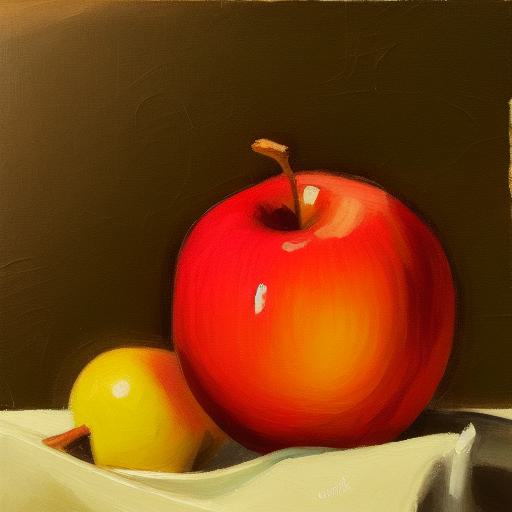Type of oil painting
Oil painting is a type of art that uses a special type of paint made from pigments mixed with oil. This type of paint dries slowly, giving the artist more time to work on their painting. The artist usually paints on a canvas or a wooden panel that has been prepared with a special layer. After finishing the painting, the artist may add a layer of protective varnish. Famous oil painters include Leonardo da Vinci, Rembrandt, Vincent van Gogh, and Pablo Picasso. Today, many artists still use oil painting to create their artwork.
Features of oil painting
Oil paints are versatile, allowing for a wide range of effects, from thick impasto to thin glazes. They also have a long drying time, allowing the artist to work on a painting over several sessions, and to blend and manipulate colors more easily than other mediums.
Oil paintings are typically created on a canvas or wooden panel, which has been primed with a layer of gesso. The artist then applies layers of paint, building up the image in a process known as “layering.” The painting is often completed with a layer of varnish to protect the surface and enhance the colors.
How can AI-generated art be used? AI-generated art provides designers with various benefits, such as increased efficiency, more customized designs, broader accessibility, and more opportunities for creativity. With this technology, designers can swiftly produce high-quality visual content, experiment with various artistic styles, and push the boundaries of conventional art forms. Furthermore, incorporating AI-generated art into designs has been simplified through tools like Visual Paradigm Online.
How to write this AI prompt?
The first part of the prompt is “a painting of apples.” This provides a clear subject for the image, and the AI model will likely generate an image that prominently features apples. The apples could be arranged in a still life composition or shown in a natural setting, depending on how the artist wants to interpret the prompt.
The second part of the prompt is “an acrylic painting inspired by Carel Fabritius.” Carel Fabritius was a Dutch painter who was active in the 17th century, and his work is known for its realism and attention to detail. By specifying that the painting should be inspired by Fabritius, the prompt is giving the AI model a specific aesthetic to work with. The model may try to replicate Fabritius’s brushstrokes, use a similar color palette, or incorporate other elements from his work into the painting.
The next part of the prompt is “featured on Artstation.” Artstation is a website that showcases artwork by professional artists, so including this detail in the prompt suggests that the painting should be of high quality and showcase the artist’s skill. The model may try to generate an image that would be impressive enough to be featured on Artstation.
Finally, the prompt includes the details “lemon” and “oil on board.” These may be additional elements that the artist wants to include in the painting, or they may be instructions for how the painting should be done. For example, the artist may be instructed to use lemon oil as a medium, or to paint the lemon on a separate board and then incorporate it into the final painting.
In summary, each part of the prompt provides specific instructions and details that influence the image generated by the AI model. By specifying the subject, medium, aesthetic, and other factors, the prompt gives the model a framework to work within while still allowing for creative interpretation.


